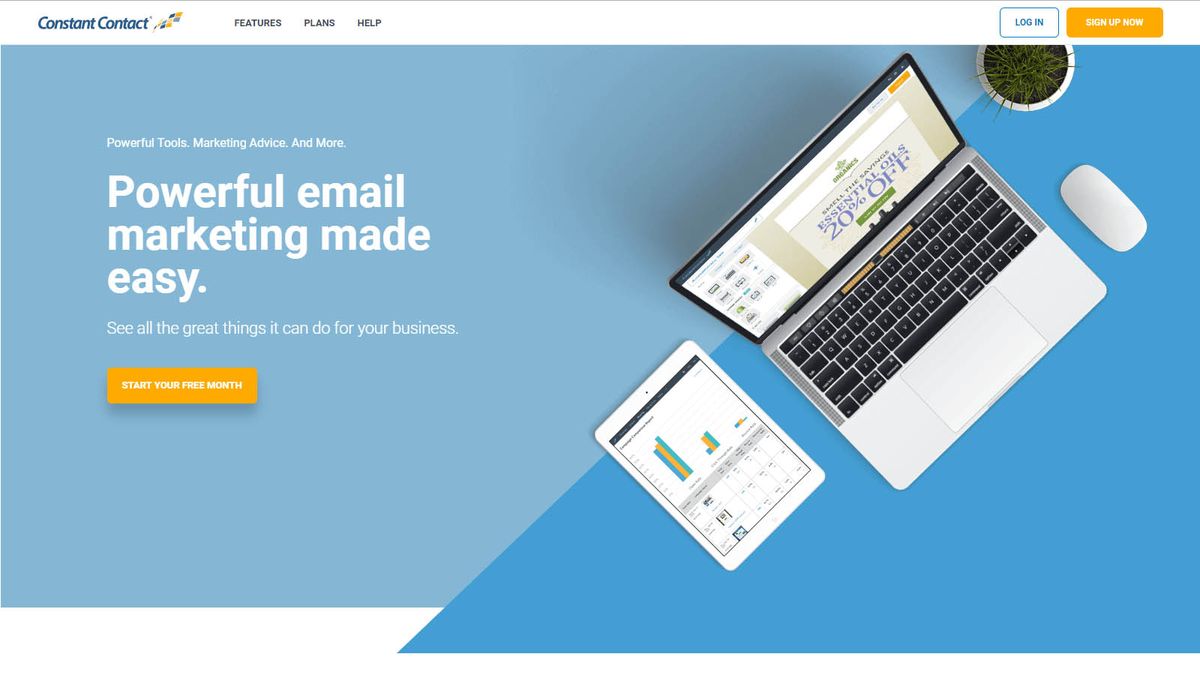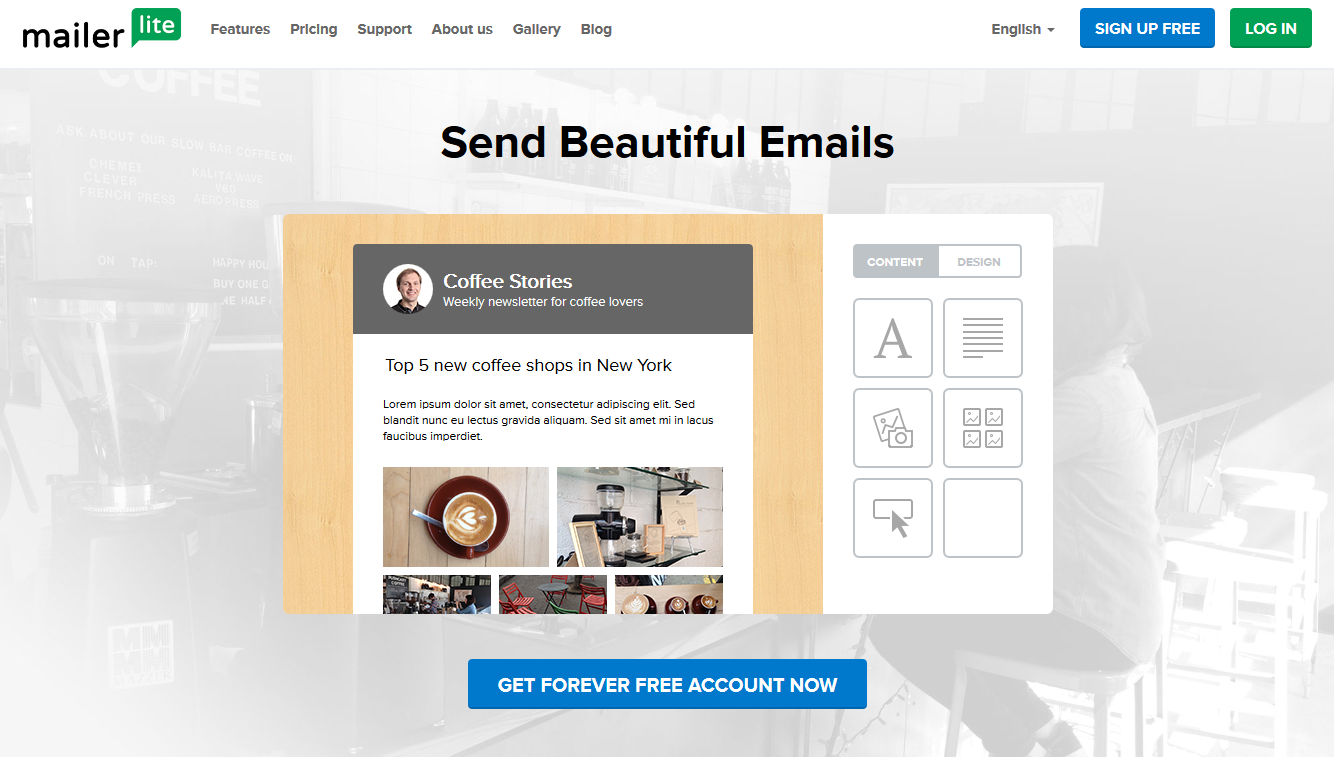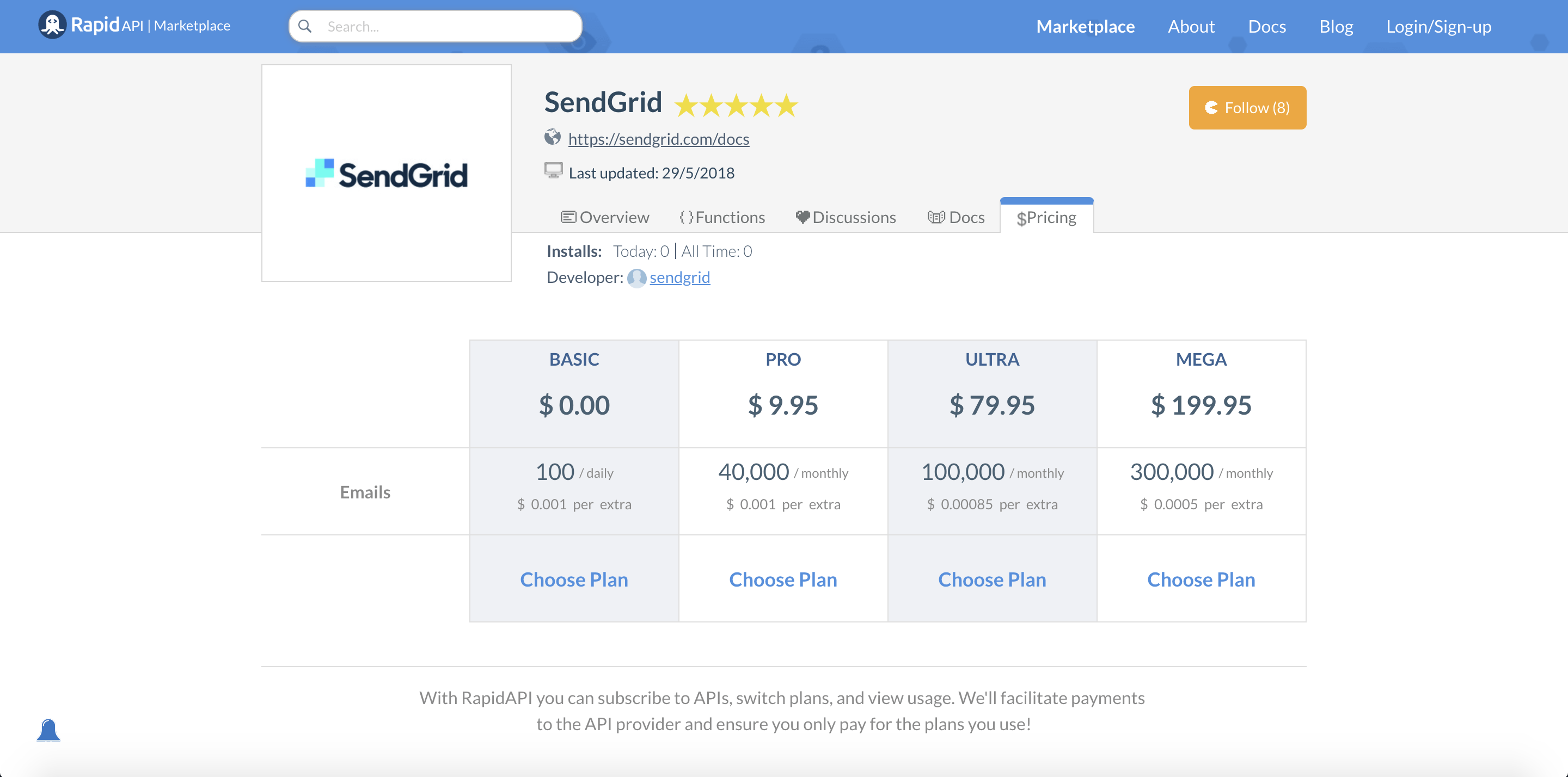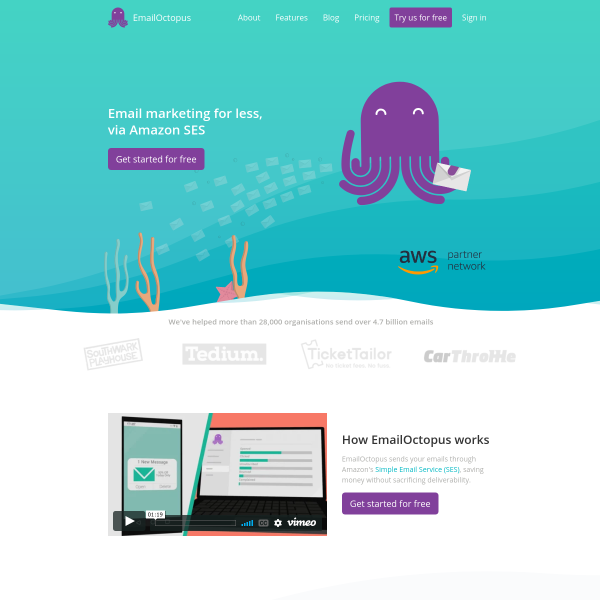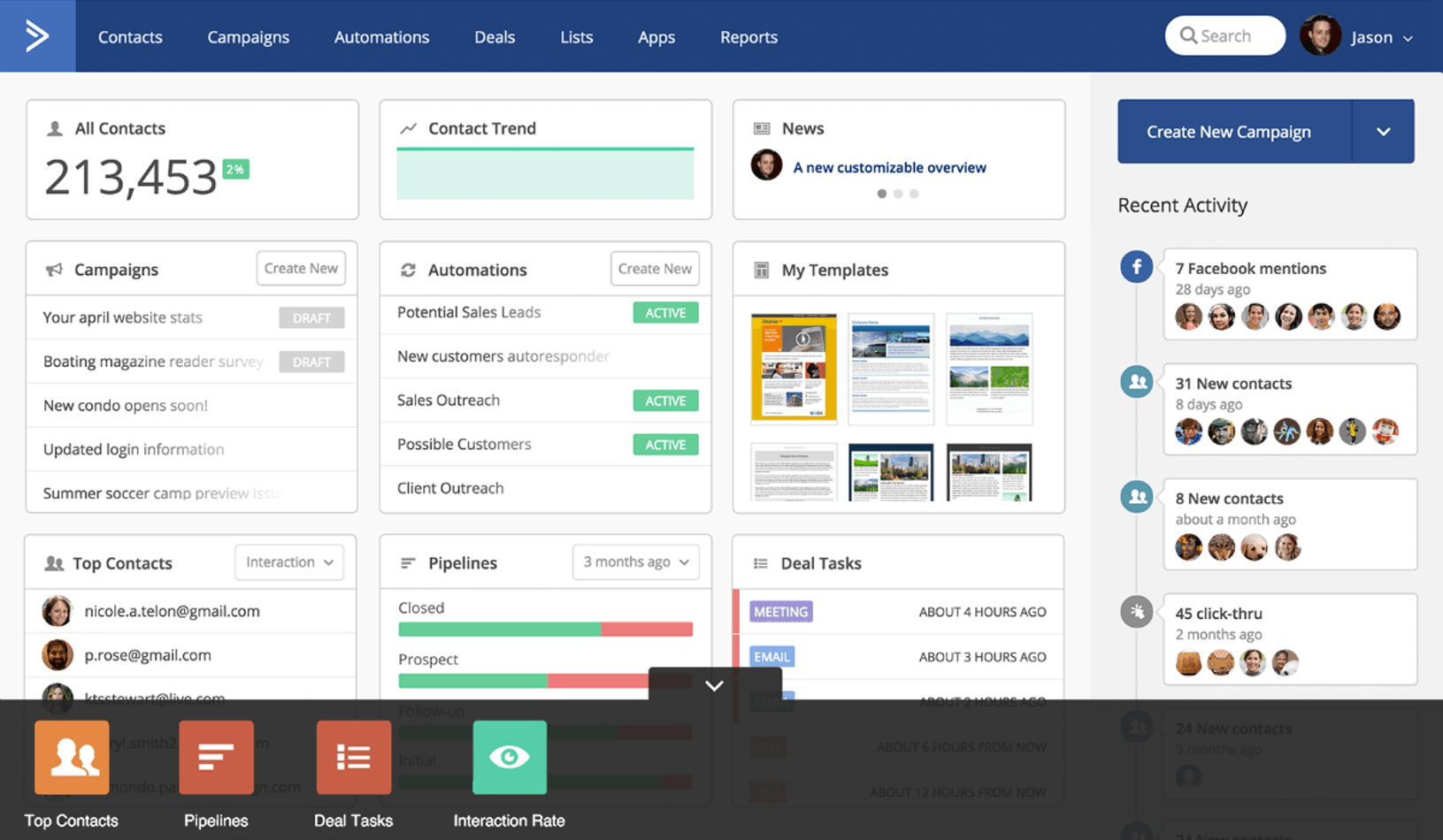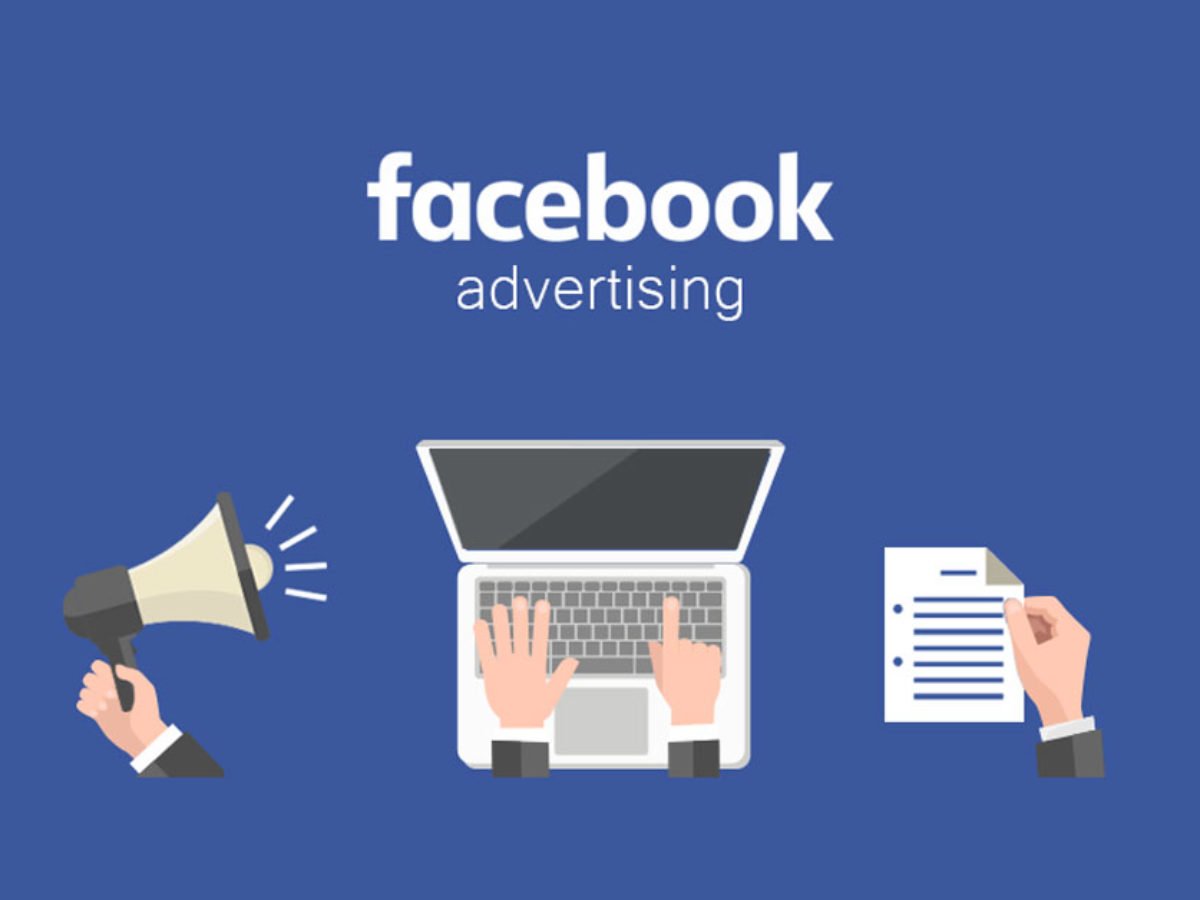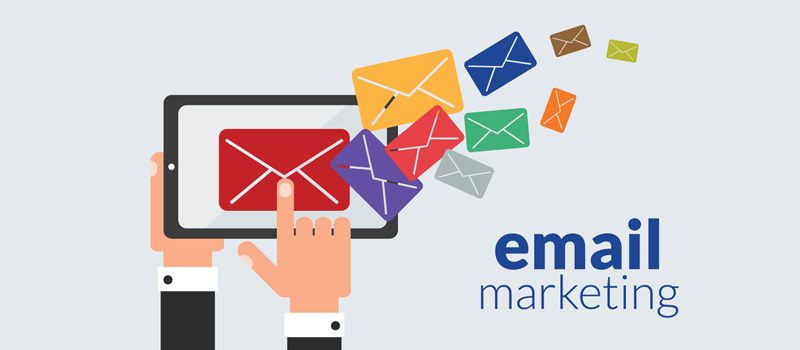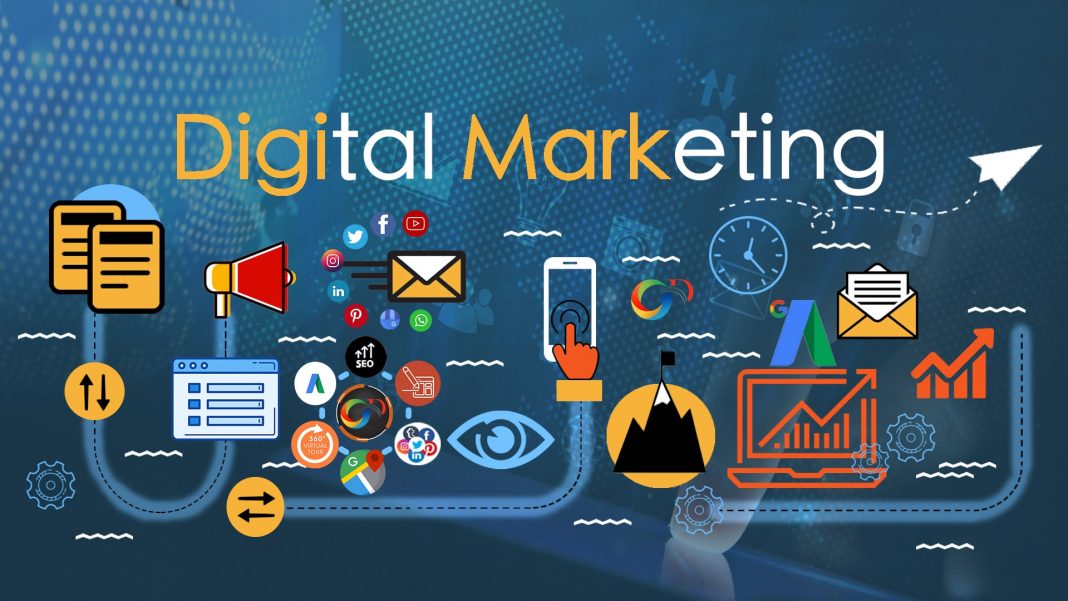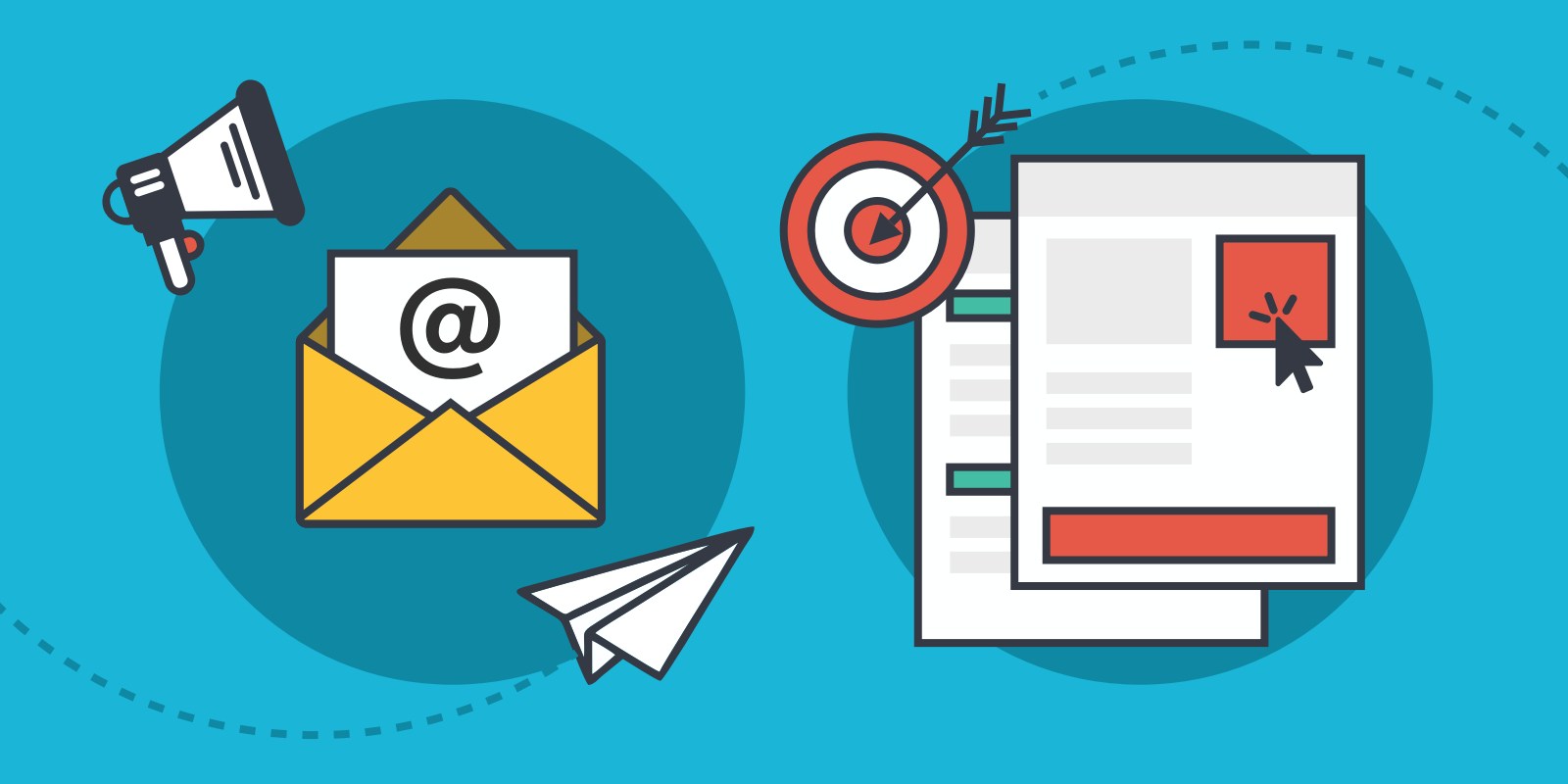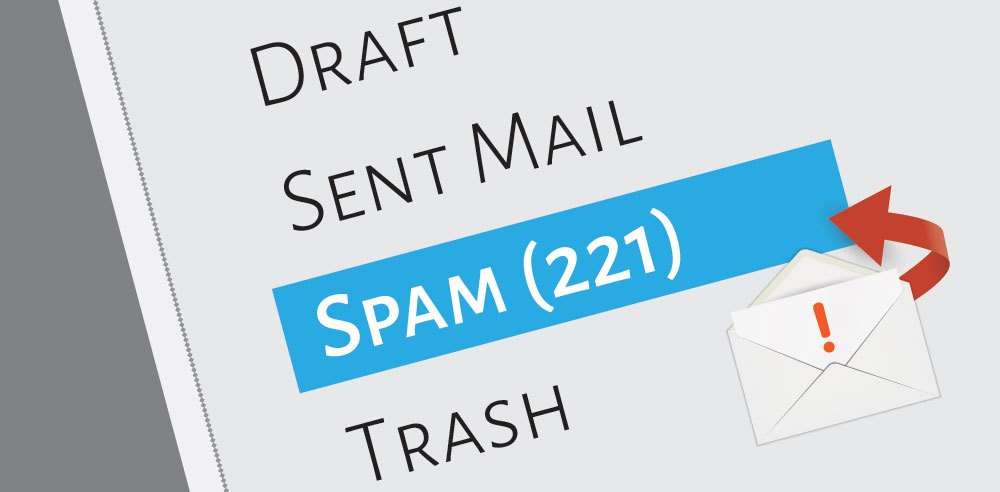
Spam reduction is challenging, and eradicating it entirely is likely impossible. The best hope is that email providers’ filters and artificial intelligence can be adjusted to counter the latest attacks. Nonetheless, the following are some possible steps.
- Be prudent with your security
- Disable image auto-loading
- Sign up for online accounts with an alias
- Don’t click unsubscribe in the email
- Refresh your email detective abilities
1. Be prudent with your security
The majority of your spam is probably more obnoxious than harmful. Maintain a strong and unique password for your account and enable two-factor authentication. Perform a Google Security Checkup if you are a Google user.
2. Disable image auto-loading
When spammers receive any indication that their email was received (you opened it or clicked on a link), you become an even more attractive target for future spam. Ascertain that your email settings prohibit automatic loading of images from unknown senders, which makes it more difficult for them to use tracking pixels. Most email clients, such as Apple’s Mail, and web-based email clients, such as Outlook and Gmail, include this feature.
3. Sign up for online accounts with an alias
When you sign up for something online with your email address, you risk it being sold to third parties or exposed in a hack or data breach. To keep your email address secret, only use it for personal correspondence or important accounts like your bank.
Set up a second email address for logins and purchases only, and let marketing emails pile up in that inbox. An alias is another option. On Gmail, you can create emails with your real name and add “+Facebook” or “+Sephora” to them. If your email is sold in a list, you’ll know who leaked it.
Apple recently added a feature called Hide My Email that allows you to sign up for accounts using an anonymous email address. It’s for anyone using Sign In With Apple to access a website. iCloud+ users can generate more addresses from any site.
4. Don’t click unsubscribe in the email
Avoid clicking the “unsubscribe” link in the email unless you are certain it is from that company. Alternatively, you can let your email service handle the unsubscribe process for you.
5. Refresh your email detective abilities
Never trust an email. If it appears to be from someone you know but is a little off, text or contact them in another way to be certain. If you receive an alarming email from a large company informing you of a large charge or an update on an order you do not recall placing, be suspicious. Hover over any links on a computer to see where the URLs go, and read carefully for typos such as “BesttBuy.com.”



